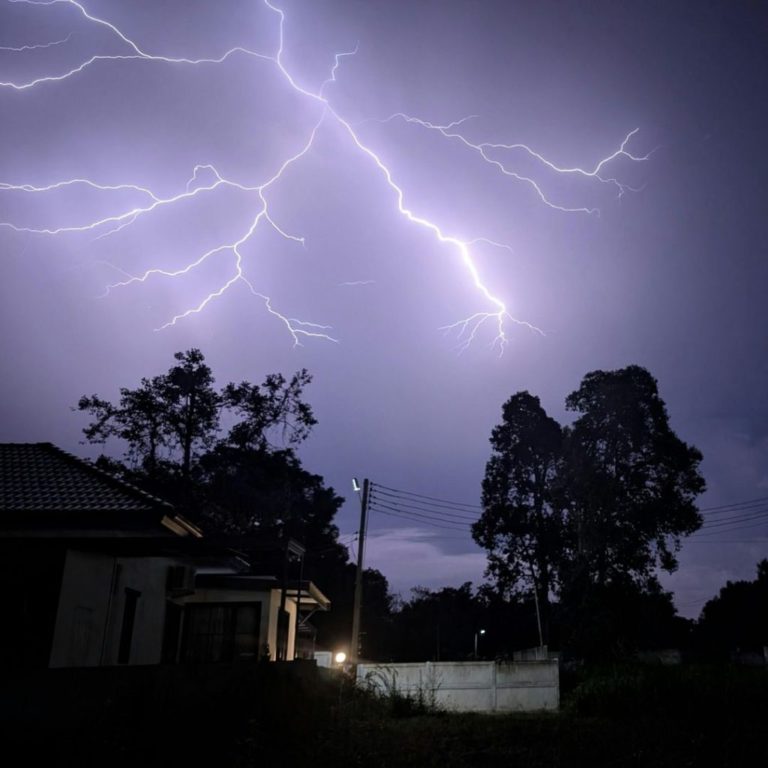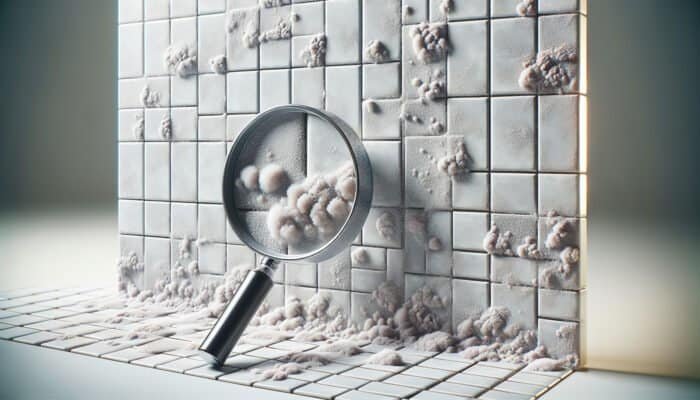Metal roofing is increasingly recognised as one of the most robust and enduring roofing solutions available in Australia. Known for its impressive strength, remarkable durability, and outstanding energy efficiency, this roofing option has become a favoured choice among homeowners seeking reliable shelter. However, a common concern arises— do metal roofs attract lightning strikes?
As more homeowners install Starlink dishes and various aerial devices, the worry about lightning strikes has intensified. This article delves into the facts surrounding this pivotal issue, elucidating why metal roofing, along with antennas and satellite systems, is often viewed as safer than many might assume.
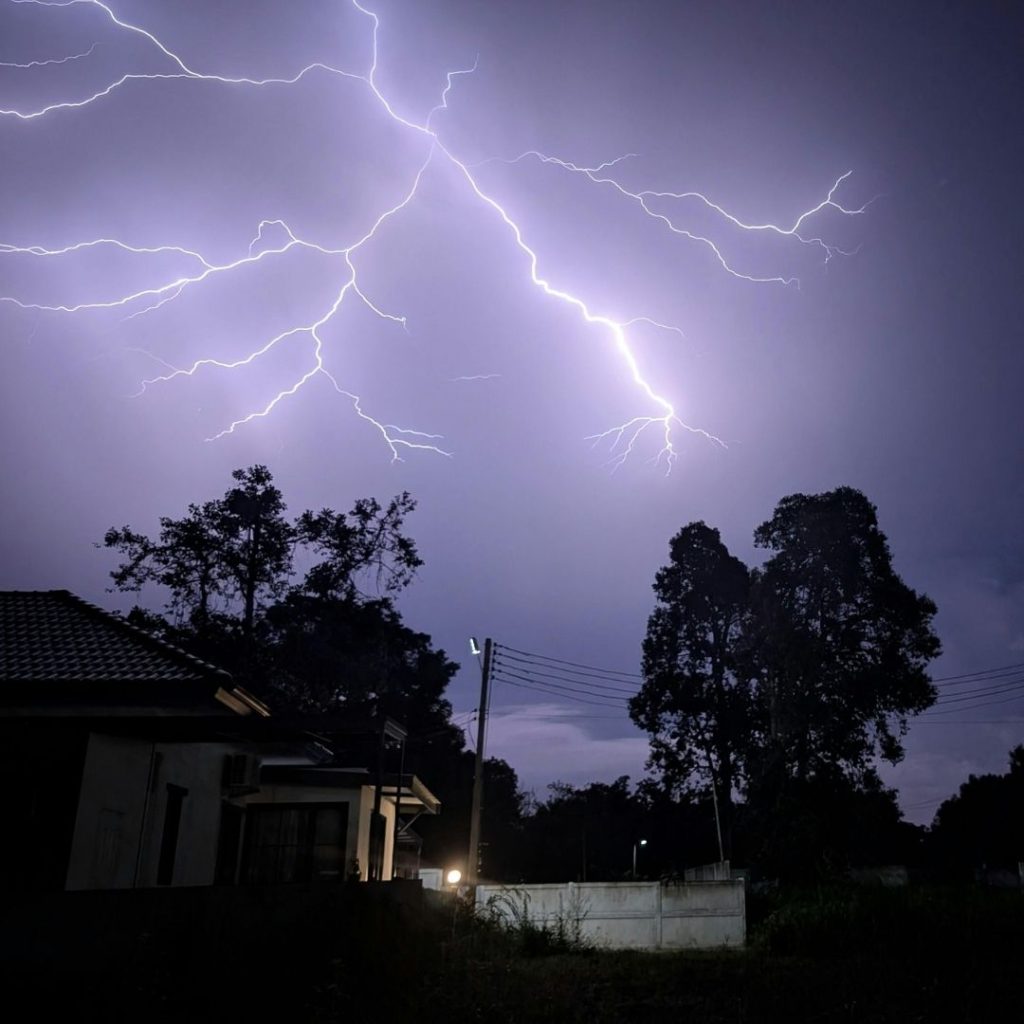
Understanding the Relationship Between Metal Roofs and Lightning Strikes
Despite the widespread notion that metal roofs attract lightning, the truth is rather different. A metal roof does not attract lightning. In reality, lightning is drawn to the highest point of any landscape and is not swayed by the roofing material in use. Lightning seeks the path of least resistance to reach the ground, which explains why it typically targets taller structures like trees, utility poles, or antennas rather than roofing materials.
In the unfortunate event that a home with a metal roof is struck by lightning, the reassuring fact is that metal effectively disperses energy in a safe manner. Unlike roofing materials such as tile or timber that can ignite or burn easily, metal roofs demonstrate remarkable resilience. When lightning strikes, the electrical charge spreads swiftly across the roof’s surface and dissipates harmlessly into the ground, especially if the building’s grounding system has been installed and maintained correctly.
Choosing a Colorbond® roof does not heighten the chances of your home being struck by lightning. However, should such a strike occur, having a metal roof is indeed one of the safest options available, providing homeowners with significant peace of mind regarding their safety.
Evaluating the Risks of Aerials and Starlink Dishes in Lightning Strikes
Similar to metal roofs, aerials, antennas, and Starlink dishes do not inherently attract lightning due to their mere presence. Lightning is generally drawn to height and isolation rather than the metallic components of these devices.
If an aerial or dish stands as the highest point on your property, it may become the prime target for a lightning strike. This is due to its elevation rather than its metallic makeup. Therefore, it is crucial to recognise that the likelihood of a lightning strike is primarily dictated by the structure’s location and height, rather than the materials from which it is constructed.
To bolster safety and mitigate risks, consider implementing these best practices:
- Ensure that the dish or antenna is professionally installed and grounded in line with the AS/NZS 1768 lightning protection standards.
- Bonding and grounding the system is essential, as this allows any electrical surge to travel safely to the earth, thereby minimising the risk of damage to your equipment and the property.
- Avoid using isolated, ungrounded poles that extend significantly above the roofline, as these can present a greater risk of being struck by lightning.
When installed correctly, a Starlink dish or roof-mounted aerial on a Colorbond® roof remains entirely safe, even amidst severe electrical storms.
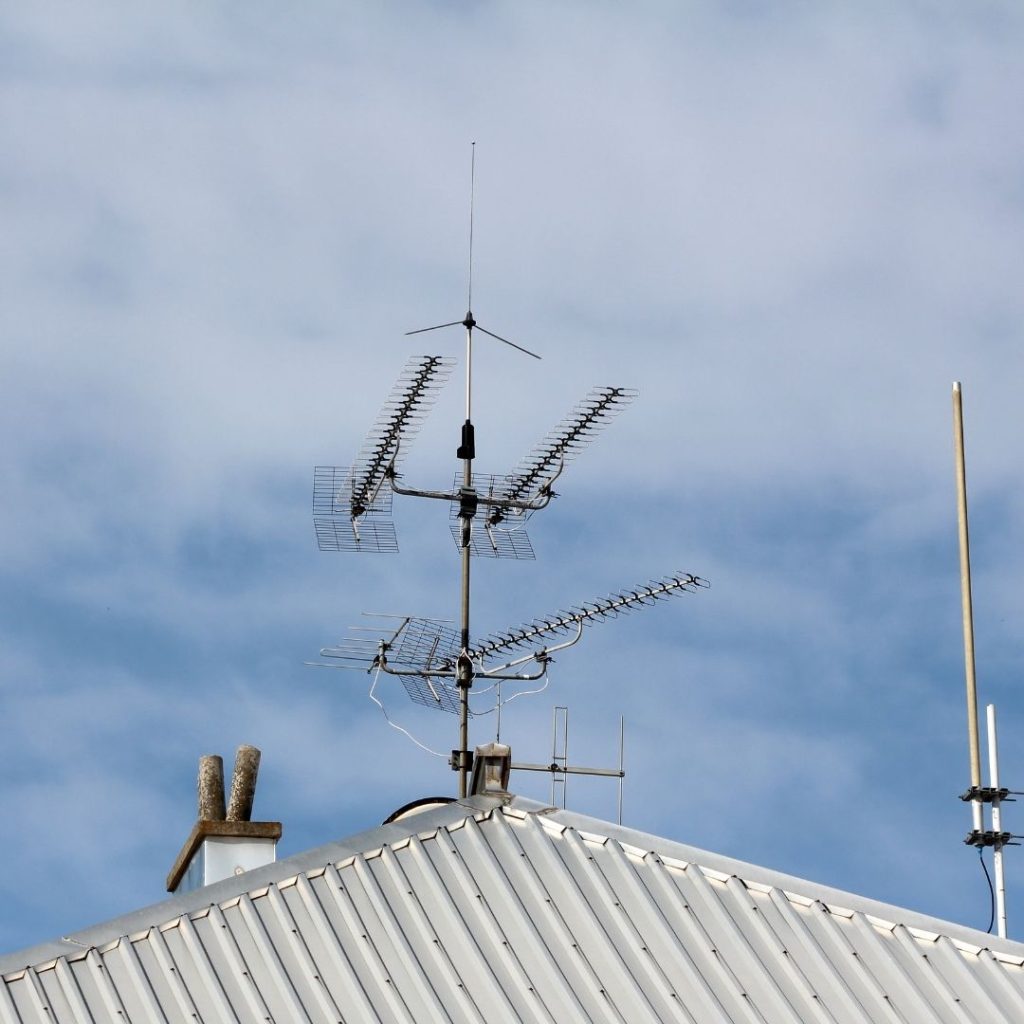
Exploring the Comprehensive Safety Benefits of Metal Roofing Materials
Beyond the vital aspect of lightning safety, metal roofing provides a multitude of protective features that make it a superior choice for discerning homeowners:
- Fire Resistance: Metal is fundamentally non-combustible, making it an ideal option for regions susceptible to bushfires and other fire hazards.
- Storm Durability: Metal roofs are engineered to withstand hail, strong winds, and heavy rainfall significantly better than many traditional roofing materials.
- Corrosion Protection: Colorbond® coatings offer exceptional resistance against rust, even in coastal areas where salty air can pose challenges.
- Energy Efficiency: Reflective coatings on metal roofs assist in reducing heat absorption during the sweltering summer months, leading to lower energy costs for homeowners.
- Structural Lightness: Metal roofing is lighter than tile, reducing stress on the roof frame and enhancing overall structural integrity.
Essential Strategies for Maintaining Roof Safety and Efficiency
To ensure complete confidence regarding the safety of your roof and any mounted equipment, conducting regular inspections is essential:
- After storm events, inspect flashings, fixings, and sealants to ensure they remain intact and functional, preventing leaks and damage.
- Maintain clear gutters and valleys to avoid overflow and potential water damage to your property.
- Verify that any antenna installations are properly grounded to minimise risk and ensure ongoing safety.
AWS Roofing provides professional inspections and roof replacements across the Central Coast, Newcastle, and Hunter regions, ensuring that every roof operates safely and efficiently while delivering maximum protection to your home.
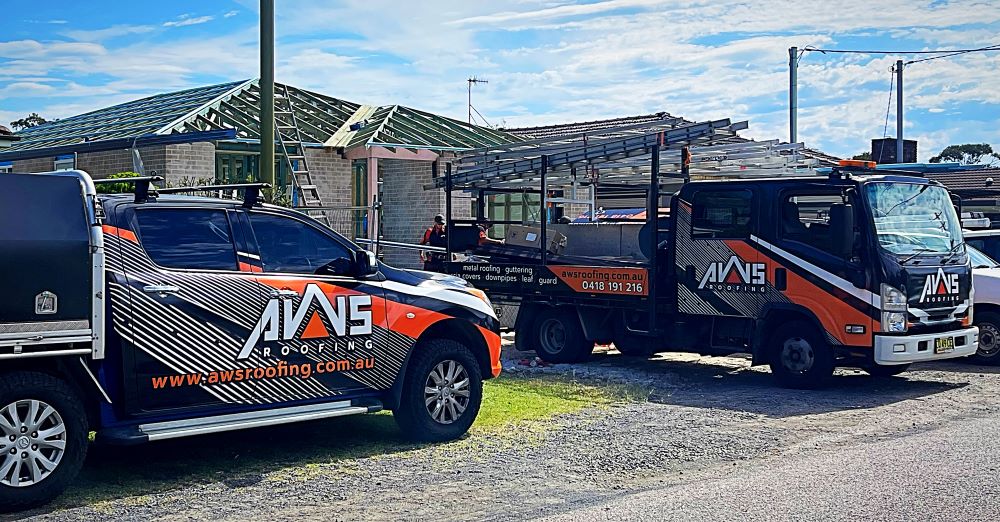
Recapping Essential Insights on Metal Roof Safety and Performance
A metal roof does not attract lightning; in fact, it plays a vital role in protecting your home from lightning strikes. When professionally installed and properly grounded for any roof-mounted equipment, a Colorbond® metal roof is among the safest, most reliable, and longest-lasting roofing systems available in Australia.
If you require expert assistance for metal roofing installation or replacement, reach out to AWS Roofing, trusted specialists in durable and compliant roofing systems across NSW.
Do Metal Roofs Attract Lightning? (And Aerials or Starlink Dishes)
The Article: Do Metal Roofs Attract Lightning? A Look at Aerials and Starlink first appeared on https://writebuff.com
The Article Metal Roofs and Lightning: Insights on Aerials and Starlink Was Found On https://limitsofstrategy.com
